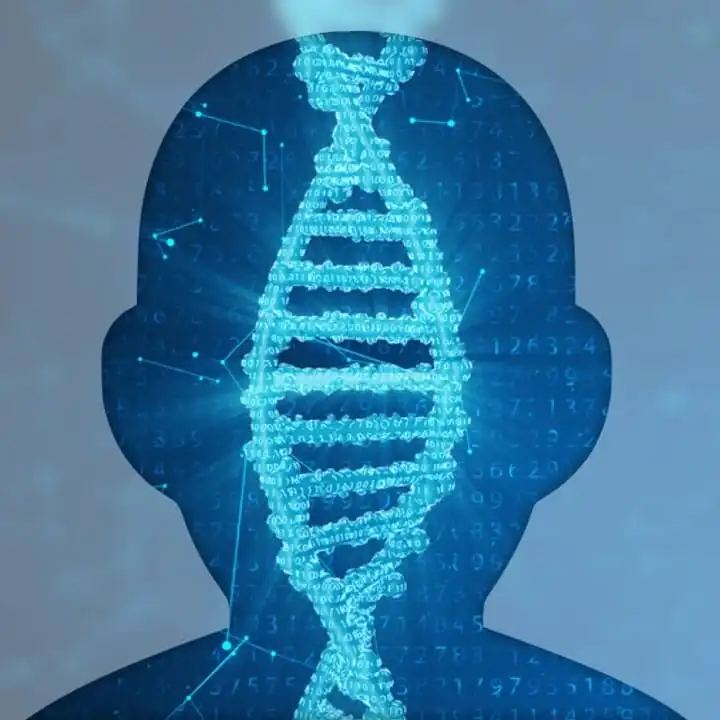What is Opsismodysplasia?
Opsismodysplasia is a rare genetic syndrome that affects mainly the skeletal system of the body. It is usually diagnosed at birth by its unique and distinct facial features.
What gene changes cause Opsismodysplasia?
The syndrome is caused by changes in the INPPL1 gene.
It is inherited in an autosomal recessive pattern.
What are the main symptoms of Opsismodysplasia?
The main symptoms of the syndrome are congenital, making them present at birth.
These include the unique facial features associated with the syndrome: a large head, a larger space between the front bones of the skull, a prominent forehead, a depressed nasal bridge, a small nose, and a long philtrum. Affected individuals also have short limbs and small hands and feet.
The syndrome also places affected individuals at an increased risk for respiratory issues, infections, and consequent failure.
Possible clinical traits/features:
Abnormality of the fontanelles or cranial sutures, Abnormally ossified vertebrae, Abnormality of epiphysis morphology, Anterior rib cupping, Posterior rib cupping, Polyhydramnios, Blue sclerae, Abnormality of the metaphysis, Abnormality of thumb phalanx, Abnormality of pelvic girdle bone morphology, Frontal bossing, Recurrent respiratory infections, Splenomegaly, Respiratory failure, Protuberant abdomen, Short palm, Macrocephaly, Severe platyspondyly, Short long bone, Squared iliac bones, Hypoplastic ischia, Short foot, Hypoplastic vertebral bodies, Hypoplastic pubic bone, Limb undergrowth, Hypophosphatemia, Hypertelorism, Flat acetabular roof, Depressed nasal bridge, Hepatomegaly, Bell-shaped thorax, Edema, Disproportionate short-limb short stature, Brachydactyly, Limitation of joint mobility, Renal phosphate wasting, Delayed skeletal maturation, Autosomal recessive inheritance, Short neck, Abnormal form of the vertebral bodies, Rhizomelia, Muscular hypotonia, Long philtrum, Tapered finger, Pectus excavatum.
How is it diagnosed?
To find out if someone has a diagnosis of Opsismodysplasia, it is important to have a consultation and evaluation with a clinical genetic specialist. Specialists may also suggest specific genetic testing or other types of tests to help reach a diagnosis. FDNA’s AI technology can help speed up the diagnostic process by analyzing facial features and other health information.
